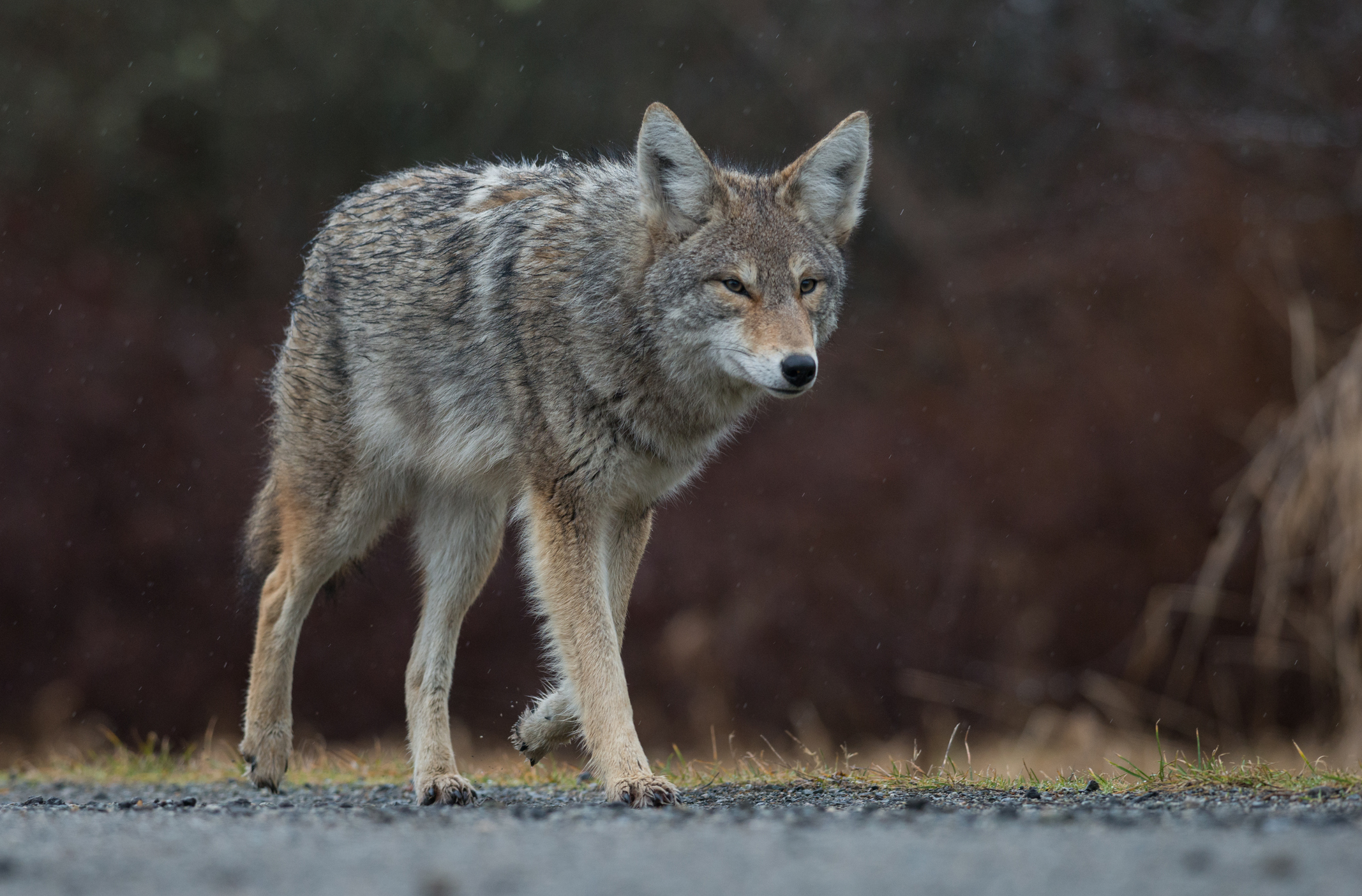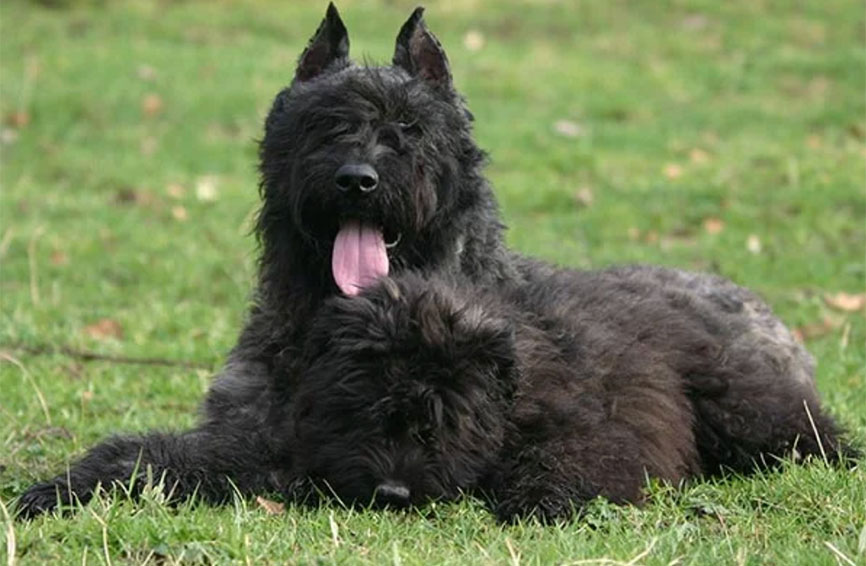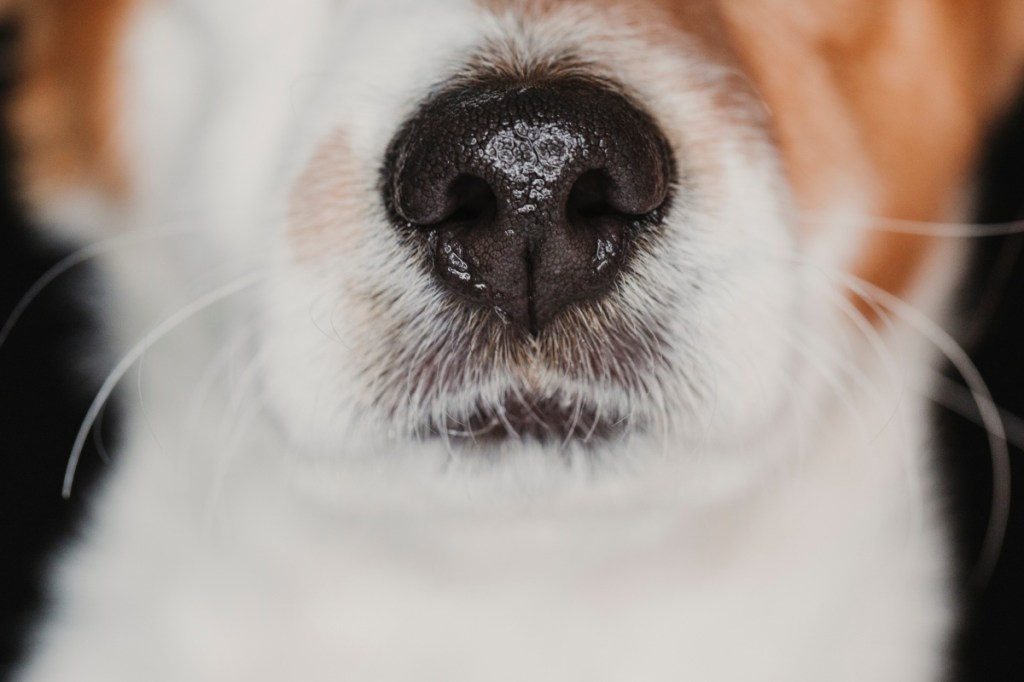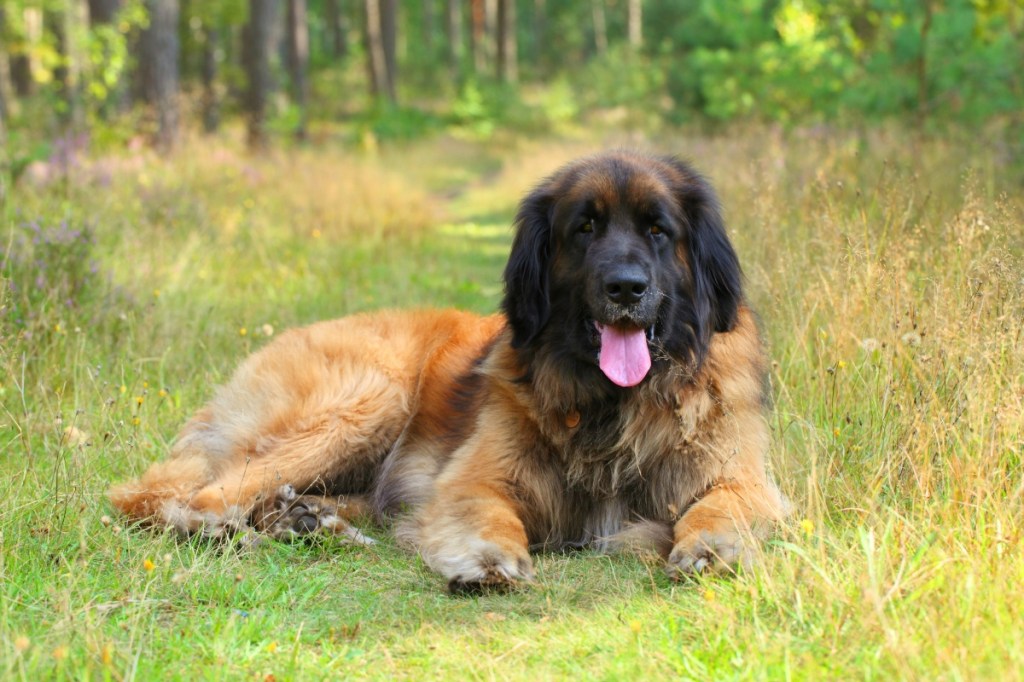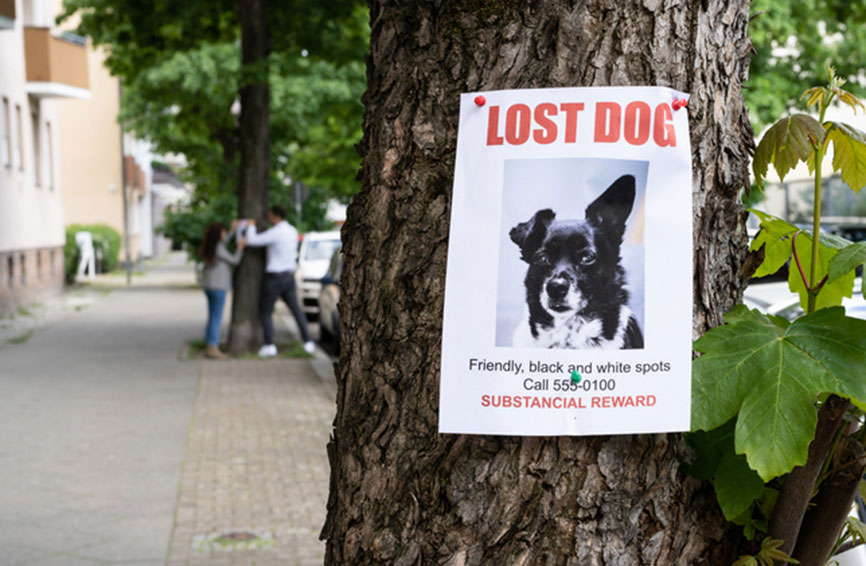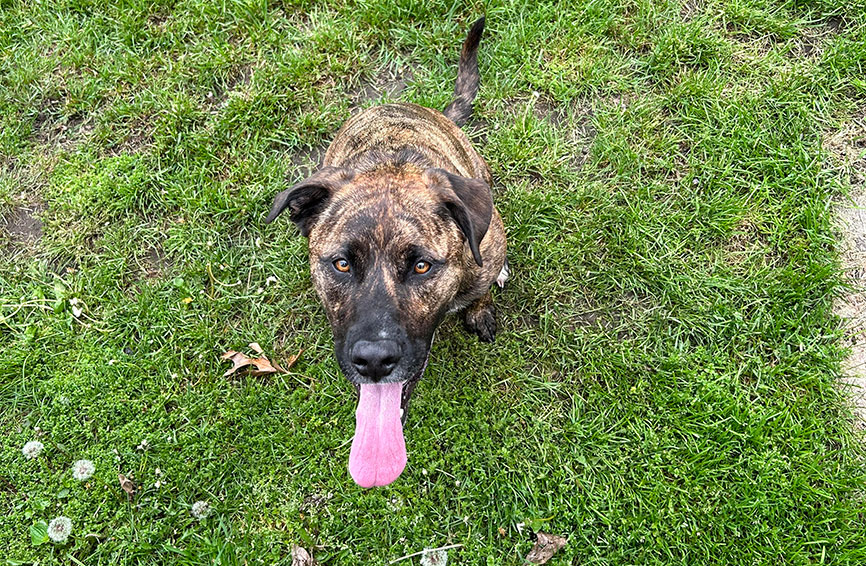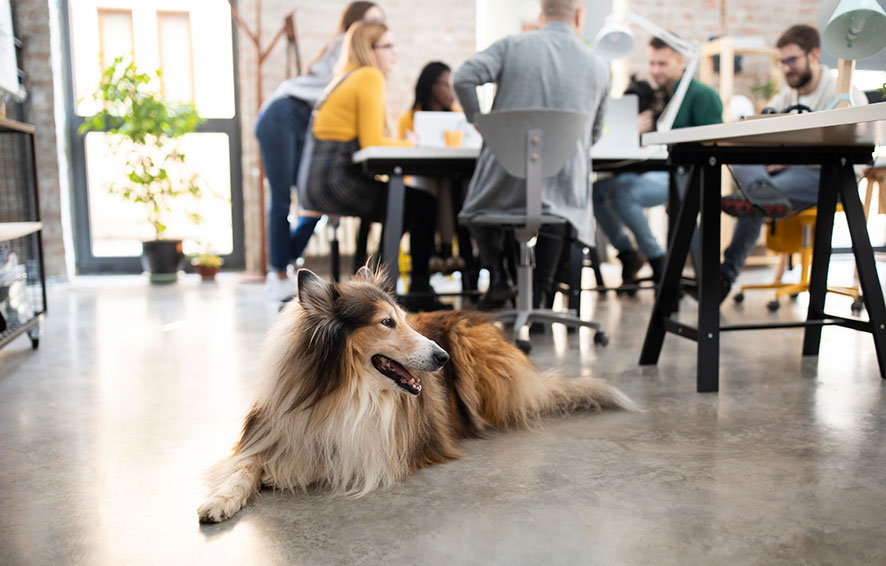Key Takeaways
- Wildlife threats to dogs include coyotes, snakes, mountain lions, bears, and raccoons.
- Have a perimeter around your outdoor space to keep pets safe.
- Don’t leave pet food or waste in your yard because these things can attract predators.
- Keep your dog inside overnight for protection.
- Be mindful of risks to dogs during outdoor activities and take safety precautions.
Table of Contents
If you live in any sort of beautiful, outdoorsy landscape, chances are you also live side-by-side with animals that could cause potential harm to your pet. When you take your dog for walks, hikes, a camping session, or even just hanging in the yard, mammals, marsupials, insects, birds, and reptiles can cause health problems or fatal attacks if proper precautions aren’t taken.
Mountain lions, coyotes, and snakes are the most prevalent threats to a dog, but avoiding raccoons, bears, and other woodland critters is definitely recommended for domesticated animals. Wild animals may not hurt your dog intentionally, but their natural instincts can sometimes cause a harmful interaction (regardless of your dog’s temperament).
Secure Your Space
One of the most important things you can do to keep your pet safe from predators is to secure the perimeter of your outdoor space. When you live right up against wilderness of any size, this is the first defense in keeping your dog from meeting any predators up close.
Texas A&M University Veterinary Medicine and Biomedical Sciences Department’s Pet Talk column suggests a physical barrier: “A good rule of thumb is to appropriately fence in your backyard or outdoor pet area to keep out unwanted visitors. Depending on the region you live in, this may include fencing with barbed wire or roll-bars on the top to make it harder for coyotes and other large predators to get over.”
Encounters with predatory animals are not always by accident. Small dogs can seem like prey to birds such as owls and hawks, so keeping them under supervision while outdoors is very important. Rover says little dogs need more supervision, “If your dog is toy-sized—say, under 5 pounds—these birds can easily swoop in and pick him up. A hawk may even go after a 10-pound dog, thinking he’s small enough. Once again, keep your dog on a leash or close by at all times.”
Clean Up Food and Waste
Remember not to lead a predator to your pet with simple mistakes like leaving their food outside. Scent-based clues will attract a predator to your area if you aren’t careful. Additionally, take this advice from Cesar’s Way on poop scooping: “Predators can also smell dog droppings, so make it a habit to clear your yard of droppings on a daily basis. While you’re cleaning up the yard, also clear low overhanging branches, brush, or other areas where a small predator might take up residence. Make sure all outdoor trash cans are sealed so you’re not giving raccoons an open invitation.“
Feeding a dog outside can also have unintended consequences since their food is going to attract other animals the longer it hangs around. At the end of the day, most of these creatures are seeking something to eat, so if you provide it even inadvertently, the chance of an attack or encounter increases.
Keep Dogs Inside Overnight
Keeping your dog indoors overnight is also a crucial strategy for safety from animals to weather. Even though larger dogs can seemingly defend themselves, they could also pick up a disease from an encounter, so think twice before making a dog of any size sleep outdoors at night. At the very least, dogs need a shelter to protect them from the elements or wild animals.
Be Prepared for Outdoor Activities
You may need special gear to go the extra step for some activities, especially if you own a working dog or you’re in the wild. Snake bite prevention collars, bear mace, and even pots and pans can help you ward off an attack if it’s already imminent. Don’t be afraid to use nearby sticks and stones to defend yourself and your pet if it comes to that.
However, if you are walking your dog and come across a wild animal (in more urban areas, many find themselves meeting a coyote or raccoon), be prepared to shoo off the animal without hurting it. The Urban Coyote Initiative recommends the following:
- Keep your dog on a 6-foot leash.
- Avoid areas known to have coyotes, especially during breeding season (mid-January to mid-March)
- Stick to trails and open areas, avoiding thick brush
- Avoid walking your dog at sunrise and sunset hours.
Should you encounter a coyote, stand tall and act assertive, and try to scare the animal away. The Urban Coyote Initiative says, “…every coyote advocate will agree, the kindest thing you can do for a coyote is to scare it away, especially if he or she is overly curious about dogs. Keeping up a coyote’s natural fear of humans is the only way to keep urban coyotes alive, for a coyote that becomes too brazen is sure to end up euthanized.”
If you encounter a bear or mountain lion, follow the National Park Service guidelines to avoid an attack: Staying Safe Around Bears and Profile: Mountain Lions.
Wild animal encounters can occasionally be unavoidable, but you can keep things to a minimum by not inviting them to your dog’s space. Protecting your dog is all about setting their environment up for success. Using these tools or techniques gives you the start you need for an essential safety plan.
Love your pup like family? So do we! Check out Healthy Paws Dog and Puppy Insurance for your four-legged BFF. Our one simple plan covers everything from nose to tail. Start by getting a free quote today.
